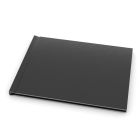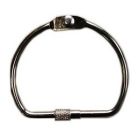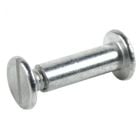Best Ways to Bind Paper (No Machine Needed)
You've come to the right site if you're interested in learning the most effective methods for binding documents without the use of a binding machine. To help you create bound books, reports, and other documents without shelling out a ton of cash on equipment, we've put together a list of the top 7 ways to document bind without purchasing a binding punch machine. Traditional hardcovers, ring binders, notepads, spiral binding coils, and more are all among these great manual binding techniques.
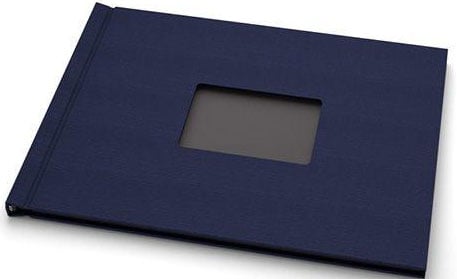
① Pinchbooks
Without using a machine, you can bind amazing hardcover pinchbooks by simply opening the covers all the way, inserting your pages, and then closing them once more. You can alter your bound documents as many times as you like because of a patented spine that stays tight to your sheets but releases as you lift the cover past the flat position. Because they have very low minimum orders (only 1 box, which comprises either 5 or 10 volumes, based on the size), are reasonably priced, and don't require a machine to bind, pinchbook hardcovers are growing in popularity for all types of enterprises as well as for individuals. They are utilized by corporations for high-end client presentations, non-profits for contributor presentations, elementary schools for school yearbooks, photo studios for on-demand photo books, and real estate firms to create distinctive home and land-selling books.
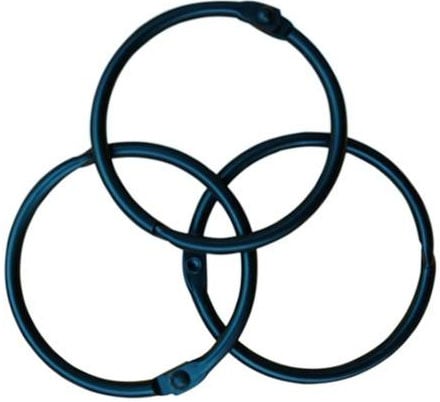
② Binding Rings
Another excellent method for assembling loose pages into a bound document without using a machine is to use looseleaf binding rings. All you need to do is pull the rings apart, insert them into the hole, and then snap the rings back together because they fit into regular punched holes. The type of closure is available in numerous variations, including overlap, screw lock, and snap lock. Additionally, we provide book rings made of metal and plastic in sizes that may accommodate just a few sheets up to 10" thick. Since the rings are so cheap, document binding with binder rings is simple, quick, and remarkably affordable. For your books, you can use one ring or several, and you can also use them for hanging displays, fabric swatches, and other things.
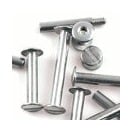
③ Screw Posts
A common document binding technique that only requires a normal hole punch is screw posts. Your pages are held in place by two parts that are screwed together. For papers that need to be changed, aluminum and steel screw posts are excellent options because they are simple to screw together and detach as needed. There are plastic posts that can be snapped shut with a lock and are considered semi-permanent because the tight seal they create is difficult to remove. Binding posts, also known as Chicago screws, are widely used by individuals, businesses, architectural firms, or even photo studios. It can be combined with a paper drill if you're working in huge volumes, but it is in no way necessary.
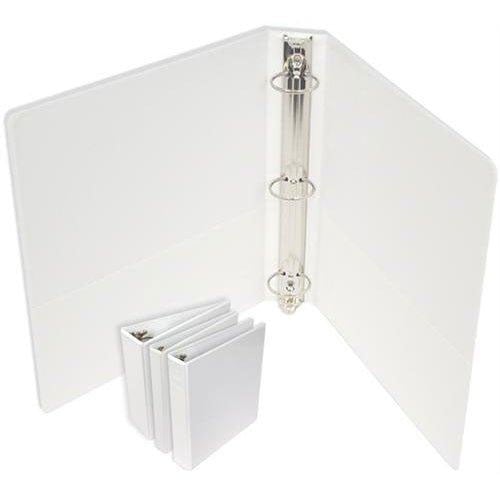
④ Ring Binders
Traditional methods for binding pages without a machine include three-ring binders (Or any ring binders, for that matter). Simply pair with your preferred 3-hole punch for the ideal method of binding loose-leaf sheets. There are view binders that are pre-stocked in a wide range of colors, poly plastic binders that come in different thicknesses, and even ring binders with custom printing for a more distinctive appearance. To organize your sheets, pair such binders with index tab dividers.
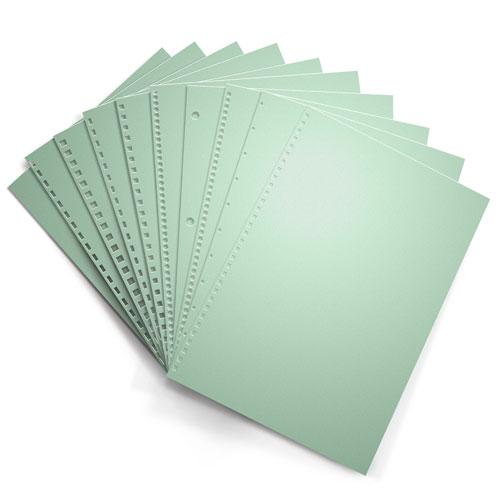
⑤ Coil Binding with Pre-Punched Paper
Did you realize that coil binding is possible without a machine? The only supplies required are some pre-punched coil paper, pre-punched front and back covers, coil binding spines, and a pair of hand-held cutter crimper pliers. You don't need to spend the money on or deal with a punch machine because the covers and paper are already pre-punched with all of those small round holes. Simply feed your coils through the openings, and then use the pliers to crimp the ends.
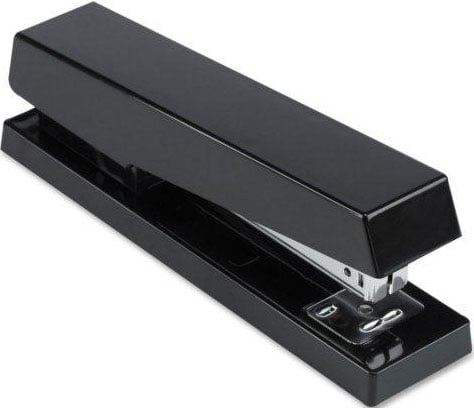
⑥ Staplers
Although you technically require a stapler, using staples to bind documents is one of the most popular manual binding methods. However, since this isn't a punch-and-bind, a stapler isn't frequently referred to as a "binding machine." Unbeknownst to you, there are many other types of staplers, including saddle staplers that will bind your book on the spine of a folded stack of pages and conventional staplers, flat cinch staplers, and saddle staplers. This resembles the appearance of a saddle-stitched book without using a machine.
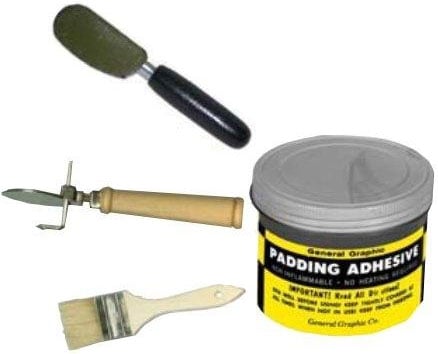
⑦ Notepad Binding
Although there are presses and automated devices that can handle big volume users, notepad binding (padding) is another excellent manual method of binding pages together. The only equipment needed to pad pages together is your paper, a clamp or press, padding adhesive, and a brush to apply the glue. All you need to do is tightly clamp all your sheets together, apply adhesive, and then release the clamp after the glue has dried. So simple, in fact! MyBinding offers a padding starter kit and more accessories and supplies so you can make a one-stop for all your notepad binding needs.




